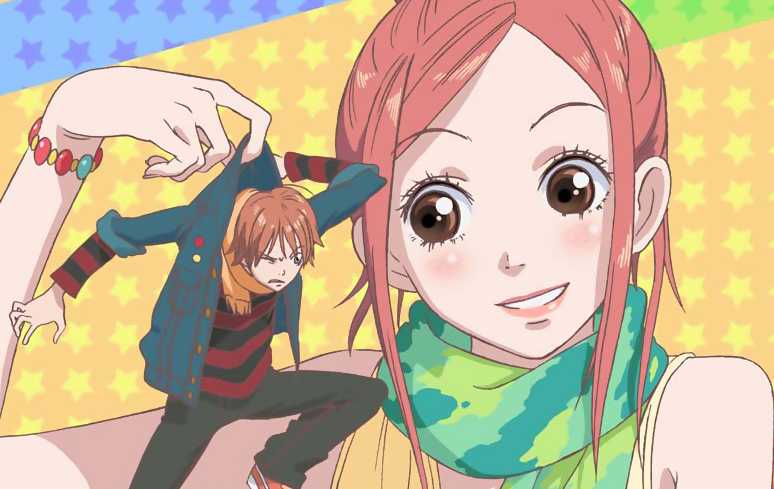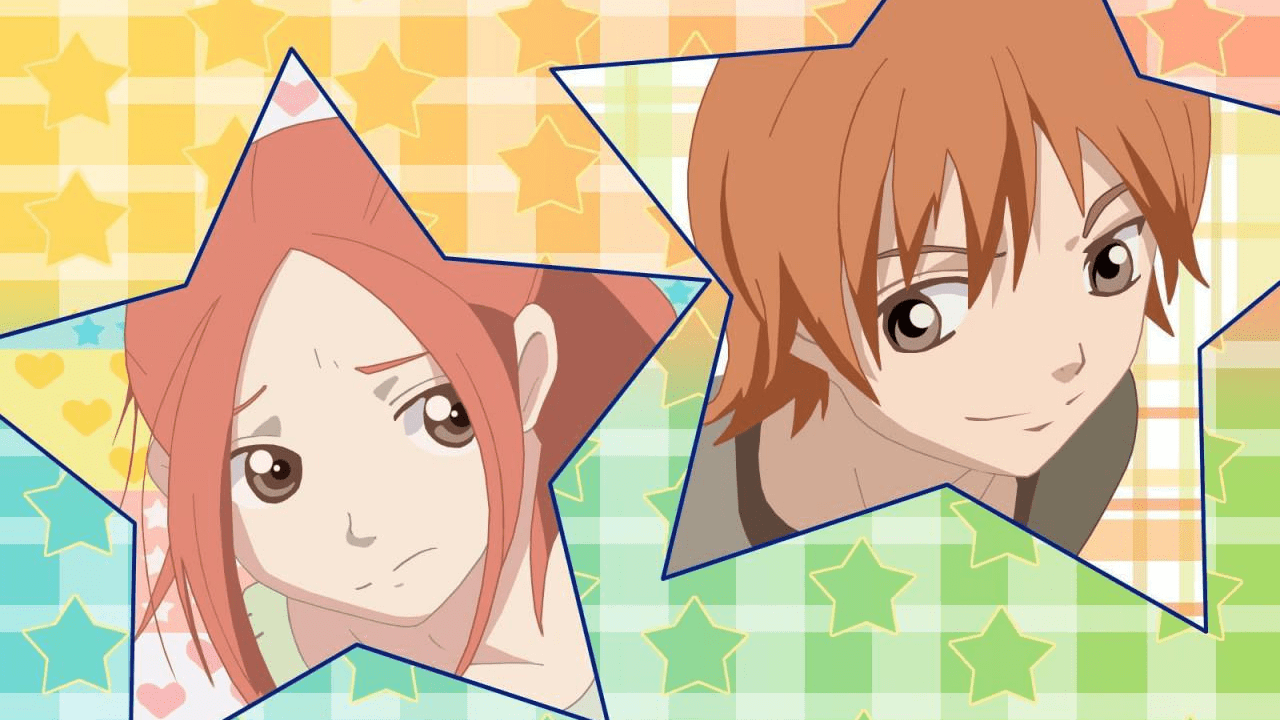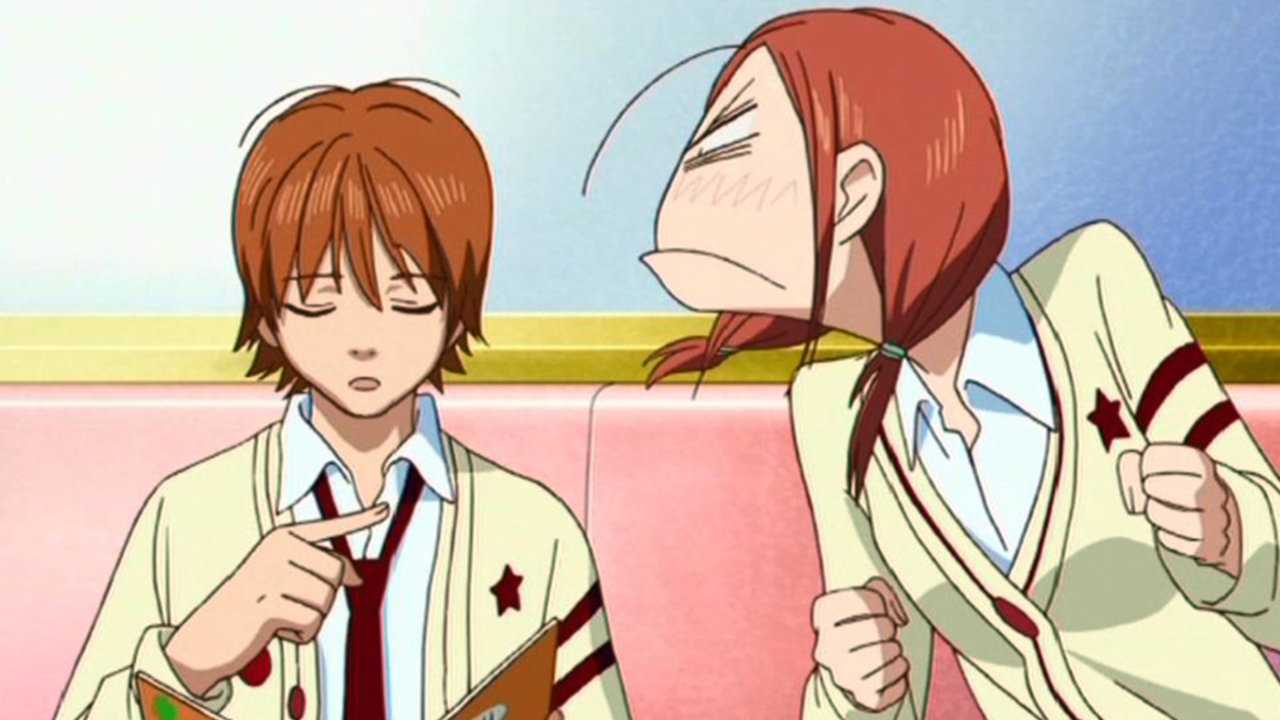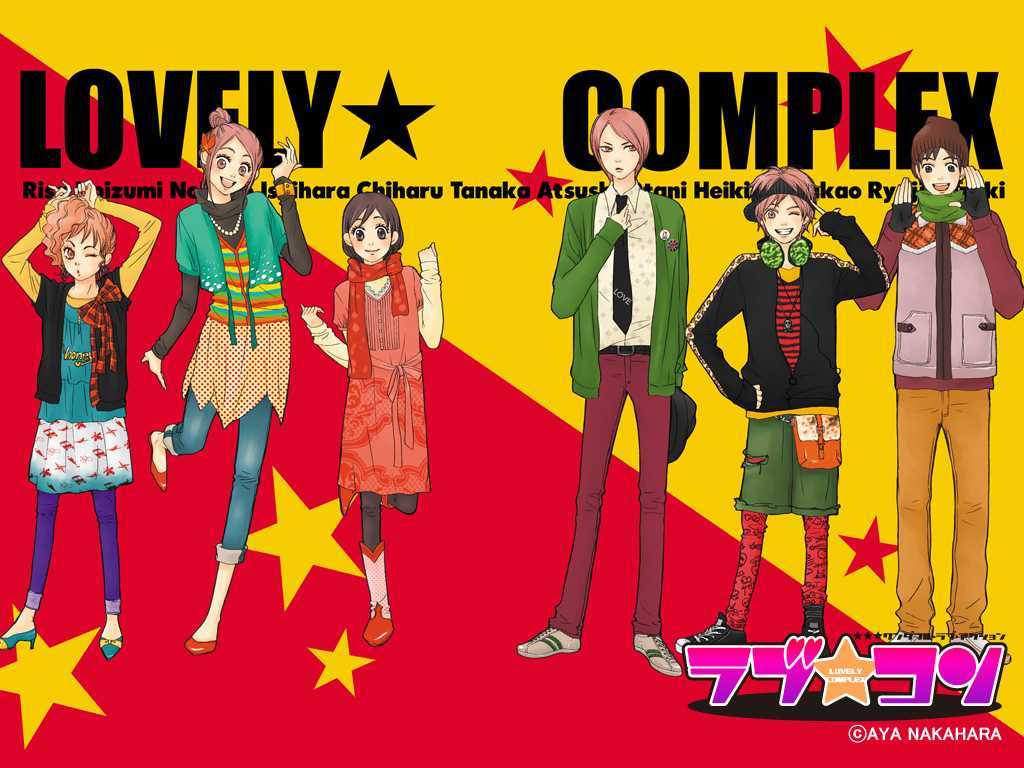Welcome back to the appointment dedicated to anime and their comparison with manga: today we present Lovely Complex, by Aya Nakahara
If what you need is a concentration of fun, sketches and comic gags, you are on the right path. All seasoned with deep bonds of friendship, first loves, and the carefree adolescence lived at school.
In Lovely Complex it’s all very light. Being a sentimental school soul, the risk of finding themselves complexed adolescents struggling with love is obvious, but the merit is to have told their story with simplicity. Even where the themes touch on thorny issues, the characterization of the protagonists makes the story plausible, never trespassing into ridicule or excessive romanticism.
Lovely Complex, written and drawn by Aya Nakahara, is a realistic and hilarious anime; capable of recounting adolescence without too many concessions to fictional fiction or melodramatic implications.
Published in Japan in Bessatsu Margaret’s magazine Shūeisha from 2001 to 2006, he arrived in Italy in 2007 thanks to Planet Manga. In 2004, the work won the Shogakukan Manga Award in the shōjo category.
An anime, of 24 episodes, was produced in 2007. It arrives in Italy, published by Dynit, first on MTV and then on Rai4.

Trama | Lovely Complex in Aya Nakahara
Risa Koizumi she is a girl who goes to high school in Osaka and is the highest in her class; Atsushi Otani he is a relatively short guy compared to his teammates, although that doesn’t stop him from joining the basketball club team. This remarkable difference in height makes them a bit complex and, just to increase the already precarious psychological situation, from the first day of school they are nicknamed as a famous Japanese comedy duo. This is corroborated by the fact that both have a fiery character, not at all conciliatory, which will give rise to comic situations.
Despite this stormy relationship, the two turn out to be very similar in taste and character. Insecurity prevents them from fully opening up and lack of self-confidence precludes them from the way to a mature relationship. Together, however, they decide to put aside their differences and help each other to overcome the difficulties … giving life to something other than friendship.

Uno shōjo diverso | Lovely Complex in Aya Nakahara
Some of us have also happened to be locked up by classmates in the closet of the gym with the girl or boy we liked; to find themselves in a triangle with his ex, to have to manage a long-distance relationship or to speak frankly about their feelings. In short, i typical romantic clichés found in shōjo manga.
But what differentiates Lovely Complex from other similar manga are the two protagonists: Koizumi e Otani they are real characters inserted in a credible, carefree and provincial everyday life. We do not find the enchantment, the yearning, the nostalgia, the sense of regret for lost opportunities. But, without a doubt, the ability to be able to entertain the spectator without ever boring him with pure and simple fun. In fact, we find an all-round comedy, from the drawing style “super deformed”, to the excellent dubbing that enhances the moods of the protagonists through continuous variations of voice.
Watching Lovely Complex, time goes by fast. In the 20-minute episode, adolescent torments, love pains and scholastic failures are represented as a game, not diminishing its importance, but bringing back in full what is the essence of sixteen years.

The romantic side | Lovely Complex by Aya Nakahara
At the same time, the other side of the story is also presented: romance, although always shown within the comic frame. However, there are profound moments full of dialogues that reach straight to the heart, so true is the power of the words spoken.
Laughter she is enterprising, determined, often fickle and moody; is capable of sinking into depression for a disappointment of love. On the other hand, Otani he is very dumb, proud and headstrong but with a character ready to help anyone who needs it. They will realize only with the passing of the episodes of how much differences make them more similar than points in common. They will draw strength from the negative part of their characters, mutually trusting each other, coming to discover that beyond the judgments of others and their own complexes, there can undoubtedly be hidden a feeling greater than friendship.
The delicate issues are faced with purity and simplicity, not caring about the judgments of the mass, coming to understand that denying one’s feelings is equivalent to denying oneself.
The group of friends
Another element that immediately stands out is the strong and constant presence of the group of friends. Usually, in shōjo anime, friends are a bit of a stand-in, little characterized and useful only in some situations. In Lovely Complex they are a fundamental presence, able to give the right pinch of panache to the story and make the gags of the two protagonists even more fun and comical.
Conclusions
The technical realization is excellent, with some very well chosen music. As well as the Italian dubbing: absolutely one of the best ever, which does not at all regret the original version (the only flaw, the non-translation of the writings that often appear during the puntante).
Between manga and anime there are not many differences, if not on the final. The anime was concluded before the end of the manga, covering the story up to volume 12 (while the manga comes to volume 17).















